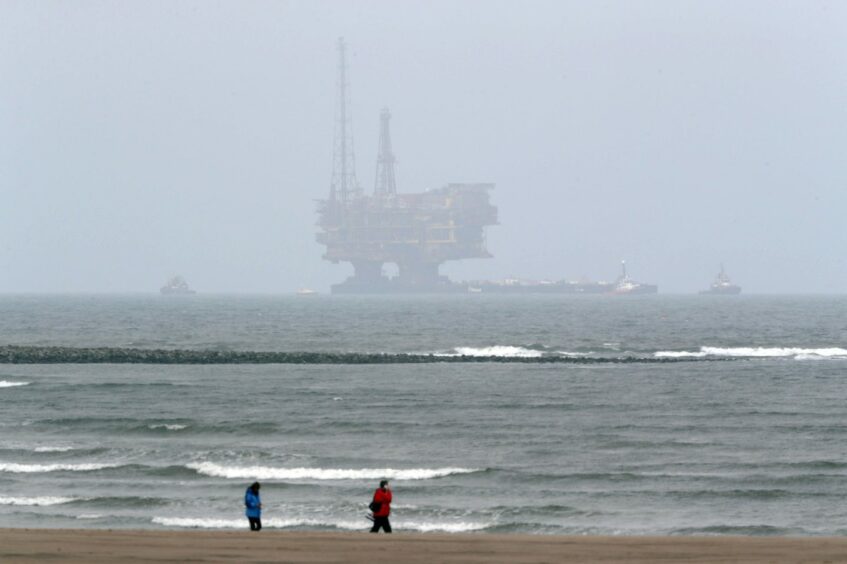
Installing huge numbers of wind turbines in the North Sea will soon clash with demands for decommissioning oil and gas platforms, according to a major industry study.
Offshore Energies UK (OEUK) has published its 2023 Decommissioning Insight Report highlighting a £20bn spending forecast for the next decade and projecting that this year will see spend top £2bn for the first time ever.
However supply chain demands for removal of platforms are expected to clash with efforts to install hundreds of wind turbines.
In 2026, OEUK projects more than 100,000 tonnes of oil and gas topsides and substructures will need to be removed, while more than 200 large-scale wind turbines will be installed – with both sides to be sharing heavy lift vessels, in particular.
In 2031, the number of turbines forecast to be installed hits nearly 400, while the industry spends another £2bn on decom.
“If we look at 2026 and beyond, when the megastructures will be getting removed from the Northern and Central North Sea, that’s a similar time to the upsurge for new energies and offshore wind installation,” said OEUK decommissioning manager Ricky Thomson.
“We’re going to have to look at the supply chain capabilities and capacity in those areas, both onshore for dismantling, reuse and repurposing, and offshore for installation.”
OEUK said an “integrated offshore sector working together” is needed to plan out and address these issues of shared skills and assets, however uncertainty around the UK’s fiscal regime has made that challenging.
The Energy Profits Levy (EPL) – or windfall tax – on the sector has made it “extremely difficult” to forecast the dates in which oilfields will cease production and thus when decommissioning investment will be made, said Mr Thomson.
OEUK said a “competitive and predictable fiscal regime” is fundamental for investors, and it is actively engaged with the Treasury on reforms to the system.
Show me the money
OEUK highlighted that 180 of the UK’s 283 currently active oil and gas fields are due to have ceased production by 2030, while 1,000 wells will be sealed between now and 2027.
Plugging and abandoning offshore wells (P&A) is an area the UK has expertise in, and remains the largest chunk of the £20bn forecast for the next decade at £10.4bn (51%).
That’s followed by subsea infrastructure removals at £2.6bn (13%), post cessation-of-production (CoP) running costs at £1.9bn (9%) and topsides removal at £1.49bn (7%).
Mr Thomson said visibility, and thus improvements in the tax regime, are crucial for capturing the vast opportunity.
He also said the UK has some room to grow in areas like heavy lift to fully seize the opportunity.
“There are certain ones we can get a little bit more exposure in and capture some of this work, and the insight report itself makes it clear when these areas are going to hit their peaks.
“If you look at the subsea space, we’ve got a few years of steady work before we hit an abundance of work.
“Equally we’ve got the same opportunity in the heavy lift space. I say heavy lift space because it’s the large structure, but it’s not necessarily the two or three heavy lift vessels or ultra heavy lift vessels, it’s across the supply chain all the different elements which are needed to complete those works.
“In 2026, you’ve got the Central and Northern North Sea and those giant structures, huge opportunities we need to make sure are captured in the UK.”

